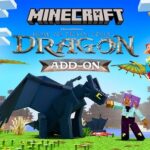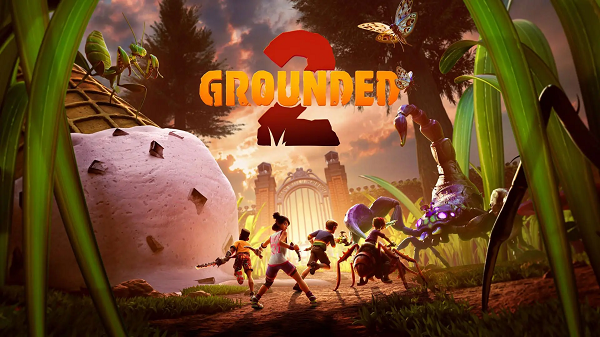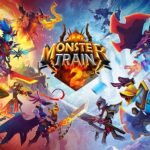Advertisement
Popular Now
Minecraft, the iconic sandbox game, thrives on exploration, crafting, and discovery. Among its vast array of items, some stand out for their rarity, requiring immense effort, luck, or specific conditions to obtain. These rare items are coveted not just for their utility but for the prestige they confer in the Minecraft community. This article explores the top 10 rarest items in Minecraft as of June 2025, focusing on their acquisition challenges, historical context, and significance in gameplay. From obscure blocks to elusive loot, we’ll delve into why these items are so hard to get and what makes them special, arranged in a timeline of their introduction and impact.
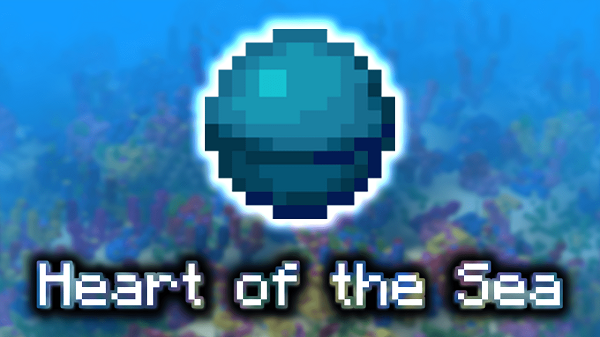
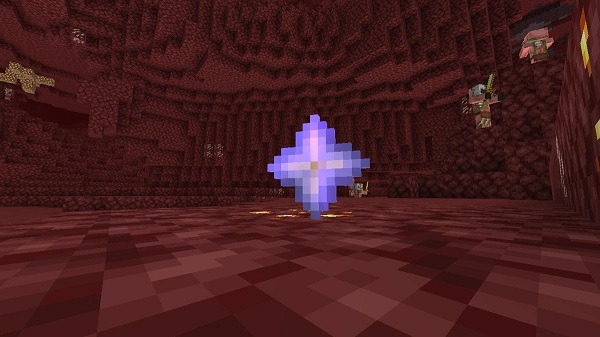
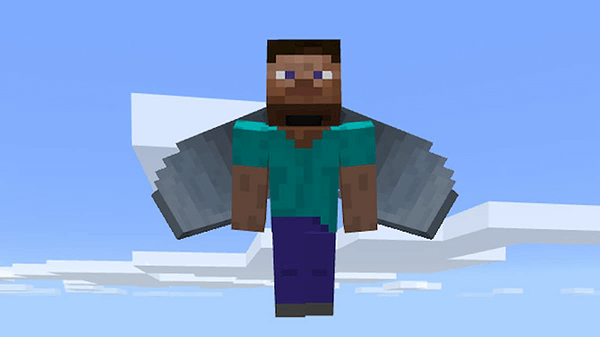
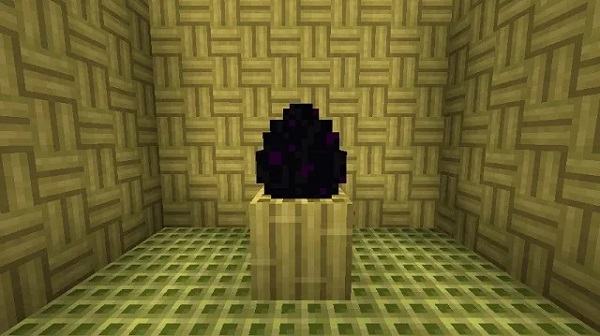


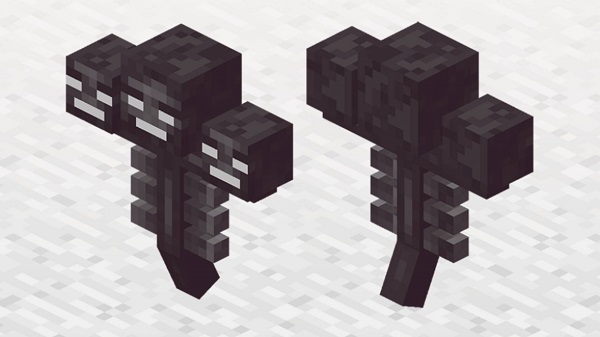
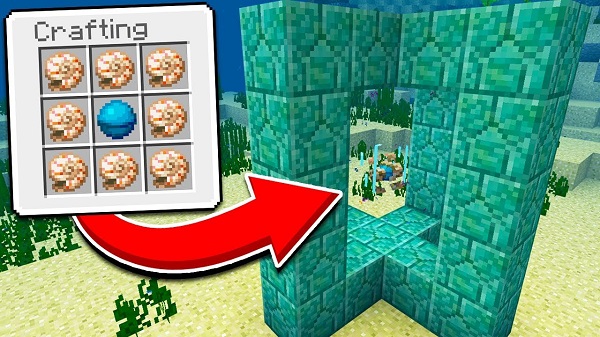
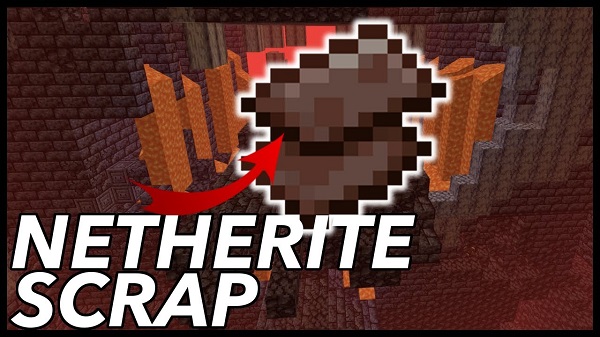
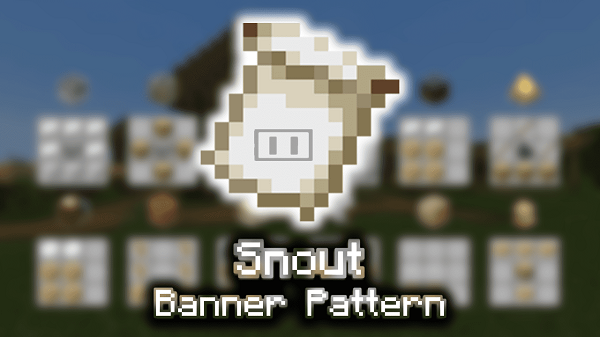
Heart of the Sea: The Ocean’s Hidden Gem

Introduced in Update Aquatic (1.13)
The Heart of the Sea, added in 2018’s Update Aquatic, is a cornerstone of ocean exploration. Found only in buried treasure chests, which spawn randomly in beach and ocean biomes, this item is notoriously difficult to locate. Players must first find a treasure map from shipwrecks or ocean ruins, then navigate to the chest’s coordinates, often buried under sand or gravel. The process is time-consuming, with no guarantee of success due to the random nature of map locations.Utility and Rarity
The Heart of the Sea is used to craft the Conduit, a powerful block that grants underwater buffs like enhanced vision and breathing. Its rarity stems from the limited spawn rate of buried treasure (1-2% per chunk) and the single Heart per chest. Even with luck, players may spend hours searching across vast oceans. The item’s scarcity makes it a trophy for explorers, symbolizing mastery over Minecraft’s aquatic realms.Community Significance
On servers and in speedrunning communities, the Heart of the Sea is a status symbol. Its acquisition often marks a player’s transition to advanced gameplay, as the Conduit enables underwater bases. However, players on forums like Reddit frequently lament the grind, with some calling for easier ways to obtain it without diminishing its prestige.Nether Star: The Price of Defeating the Wither

Introduced in Pretty Scary Update (1.4.2)
Added in 2012, the Nether Star is dropped by the Wither, one of Minecraft’s toughest bosses. Summoning the Wither requires four Soul Sand/Soil and three Wither Skeleton Skulls, the latter having a 2.5% drop rate from Wither Skeletons in Nether Fortresses. The battle itself is perilous, demanding strong gear and strategy, making the Nether Star a hard-earned prize.Crafting the Beacon
The Nether Star’s sole use is crafting the Beacon, a block that grants powerful status effects like Speed or Strength. Its rarity is tied to the Wither’s difficulty and the low drop rate of skulls (increased to 5.5% with Looting III). Farming skulls can take hours, and the Wither’s destructive power risks losing progress if the fight goes poorly. This makes the Nether Star a symbol of combat prowess.Player Challenges
The grind for Wither Skeleton Skulls frustrates many players, especially in Bedrock Edition, where spawn rates feel inconsistent. Community guides often recommend specific Nether Fortress layouts or Looting-enchanted swords to improve odds, but the process remains daunting. The Nether Star’s value lies in its dual challenge: preparation and execution.Elytra: Wings of the End

Introduced in Combat Update (1.9)
The Elytra, introduced in 2016, revolutionized Minecraft mobility. Found only in End Ships, which spawn near End Cities in the End dimension, the Elytra is a rare find requiring players to defeat the Ender Dragon to access the End’s outer islands. Navigating the End’s void-filled terrain to find an End Ship (with a 50% spawn chance per city) adds to the challenge.Gameplay Impact
The Elytra allows gliding flight, transforming exploration and travel. Its rarity comes from the End’s inaccessibility and the randomness of End Ship spawns. Even after reaching an End City, players may find no ship, wasting hours of exploration. Once obtained, the Elytra’s durability (431 uses) requires careful use or mending enchantments, adding to its exclusivity.Community Workarounds
Players often use End Gateway portals or bridge-building techniques to explore more End Cities, but the Elytra remains elusive. On multiplayer servers, Elytra are a status symbol, with some players trading them for stacks of diamonds. The community’s love for Elytra has sparked calls for renewable sources, though Mojang has kept them exclusive to the End.Dragon Egg: The Ultimate Trophy

Introduced in Beta 1.9
The Dragon Egg, added in 2011, is Minecraft’s rarest decorative item. Dropped only once per world upon defeating the Ender Dragon, it serves no functional purpose but is a badge of honor. Collecting it requires careful manipulation, as punching it causes it to teleport randomly, potentially into the void or unreachable areas.Acquisition Challenges
Obtaining the Dragon Egg is a one-time opportunity in a given world (unless using exploits in Bedrock Edition). Players must use pistons or torches to collect it without losing it to teleportation. Its rarity is absolute—only one exists per world without respawning the dragon, which requires additional rare items like End Crystals.Symbolic Value
The Dragon Egg is the ultimate flex in Minecraft communities, often displayed in bases or servers as proof of defeating the game’s final boss. Its lack of utility frustrates some players, who argue for a crafting recipe or function, but its exclusivity ensures its status as a collector’s item.Enchanted Golden Apple: The Nerfed Legend

Introduced in Infdev, Changed in 1.9
Once craftable, the Enchanted Golden Apple (Notch Apple) became a rare find after the Combat Update (1.9) removed its crafting recipe. Now found only in loot chests (e.g., dungeons, mineshafts, or bastions) with a 1-6% chance, it’s one of Minecraft’s rarest consumables. Its effects—Regeneration V, Absorption IV, and Fire Resistance—make it a lifesaver in tough situations.Historical Shift
Before 1.9, players could craft Enchanted Golden Apples using eight gold blocks and an apple, making them accessible to dedicated miners. The recipe’s removal sparked controversy, as it turned a farmable item into a finite treasure. The low chest spawn rate means players may never find one in a survival world, cementing its rarity.Community Debate
The Notch Apple’s nerf remains a sore point. Some players hoard them for hardcore worlds, while others trade them on servers for massive resources. Suggestions to reintroduce a costly crafting recipe (e.g., using Netherite) persist on forums, but Mojang has kept it exclusive, preserving its legendary status.Totem of Undying: Cheating Death

Introduced in Exploration Update (1.11)
Added in 2016, the Totem of Undying is dropped by Evokers, rare mobs found in Woodland Mansions and during raids. With a 100% drop rate, its rarity stems from the difficulty of locating mansions (spawned in dark forest biomes) or triggering raids, which require specific conditions like Bad Omen. The totem’s ability to prevent death makes it invaluable.Acquisition Hurdles
Woodland Mansions are among the rarest structures, often spawning thousands of blocks away. Raids, while more accessible, require defeating multiple enemy waves, and Evokers spawn only in later stages. Players may spend hours searching or farming raids, with Bedrock Edition’s inconsistent mansion spawns adding frustration.Strategic Use
Totems are prized in hardcore mode, where a single death ends the game. Players often carry multiple totems for boss fights or risky builds. The community values their utility but criticizes the reliance on rare structures, with some suggesting totems as rare villager trades to balance accessibility.Wither Skeleton Skull: The Grind for Power

Introduced in Pretty Scary Update (1.4.2)
Wither Skeleton Skulls, added in 2012, are essential for summoning the Wither. With a 2.5% drop rate (5.5% with Looting III) from Wither Skeletons in Nether Fortresses, obtaining three skulls is a grind. The Nether’s hostile environment and Wither Skeletons’ high health make farming a dangerous ordeal.Farming Challenges
Players often optimize Nether Fortresses by clearing obstacles or using spawn-proofing techniques, but the low drop rate persists. Bedrock Edition’s crowded mob spawns can further reduce efficiency. The skulls’ rarity directly impacts the Nether Star’s accessibility, linking their value to the Wither fight.Community Strategies
Guides on X and YouTube detail efficient skull farms, often using wolf aggro or specific biome intersections. Despite these, the grind remains a barrier, with players calling for a slight drop rate increase to reduce monotony without trivializing the challenge.Conduit: The Underwater Beacon

Introduced in Update Aquatic (1.13)
The Conduit, crafted with a Heart of the Sea and eight Nautilus Shells, is a rare block due to its components. Nautilus Shells, dropped by Drowned (0.13% chance with Looting III) or found in fishing loot, are tedious to collect. Combined with the Heart of the Sea’s rarity, crafting a Conduit is a monumental task.Activation Complexity
Activating a Conduit requires a frame of 16-42 prismarine blocks, found only in ocean monuments. Defeating guardians to gather these adds another layer of difficulty. The Conduit’s underwater buffs are powerful, but its rarity makes it a late-game luxury.Player Sentiment
The Conduit’s components frustrate players, especially the Nautilus Shell grind. Suggestions for renewable sources, like villager trading, are common, but Mojang has kept them scarce. The Conduit remains a rare achievement, often reserved for dedicated ocean explorers.Netherite Scrap: The Deep Dark Treasure

Introduced in Nether Update (1.16)
Netherite Scrap, introduced in 2020, is a key component for upgrading gear to Netherite. Found by mining Ancient Debris in the Nether’s lower depths (Y=8-22), it’s rare due to Ancient Debris’s low spawn rate (1-3 per chunk) and the need for beds or TNT to mine efficiently. Smelting debris yields scraps, which are crafted into ingots with gold.Mining Challenges
Ancient Debris requires a diamond pickaxe and is often buried deep in Netherrack. Bed mining, a common technique, risks death from explosions, while strip mining is slow and tedious. Players need four scraps per ingot, making Netherite gear a significant investment.Endgame Prestige
Netherite’s durability and strength make it the ultimate gear tier, but its rarity gatekeeps it from casual players. The community praises its power but debates the grind, with some proposing higher spawn rates in specific Nether biomes to balance effort and reward.Snout Banner Pattern: Piglin Pride






